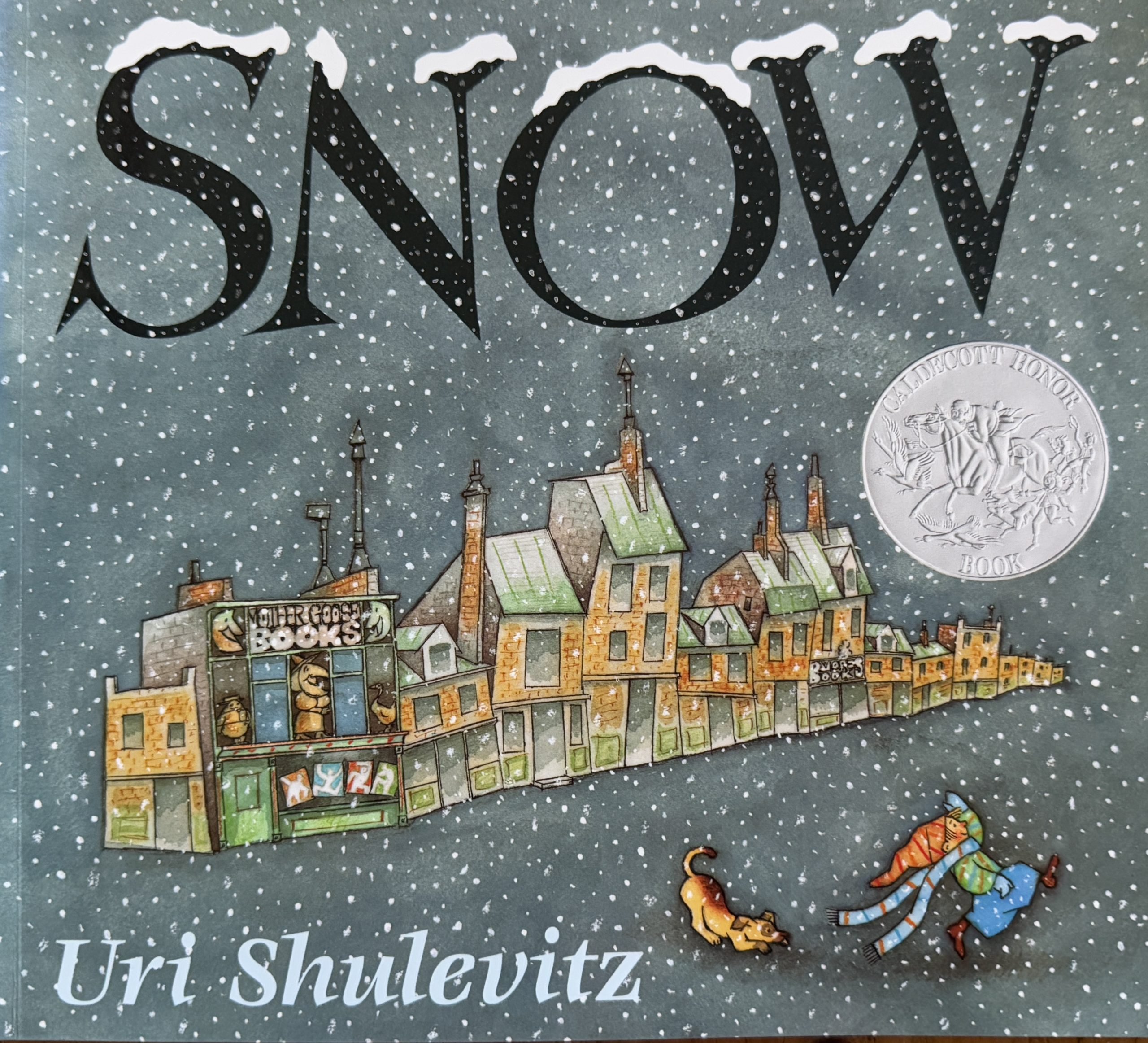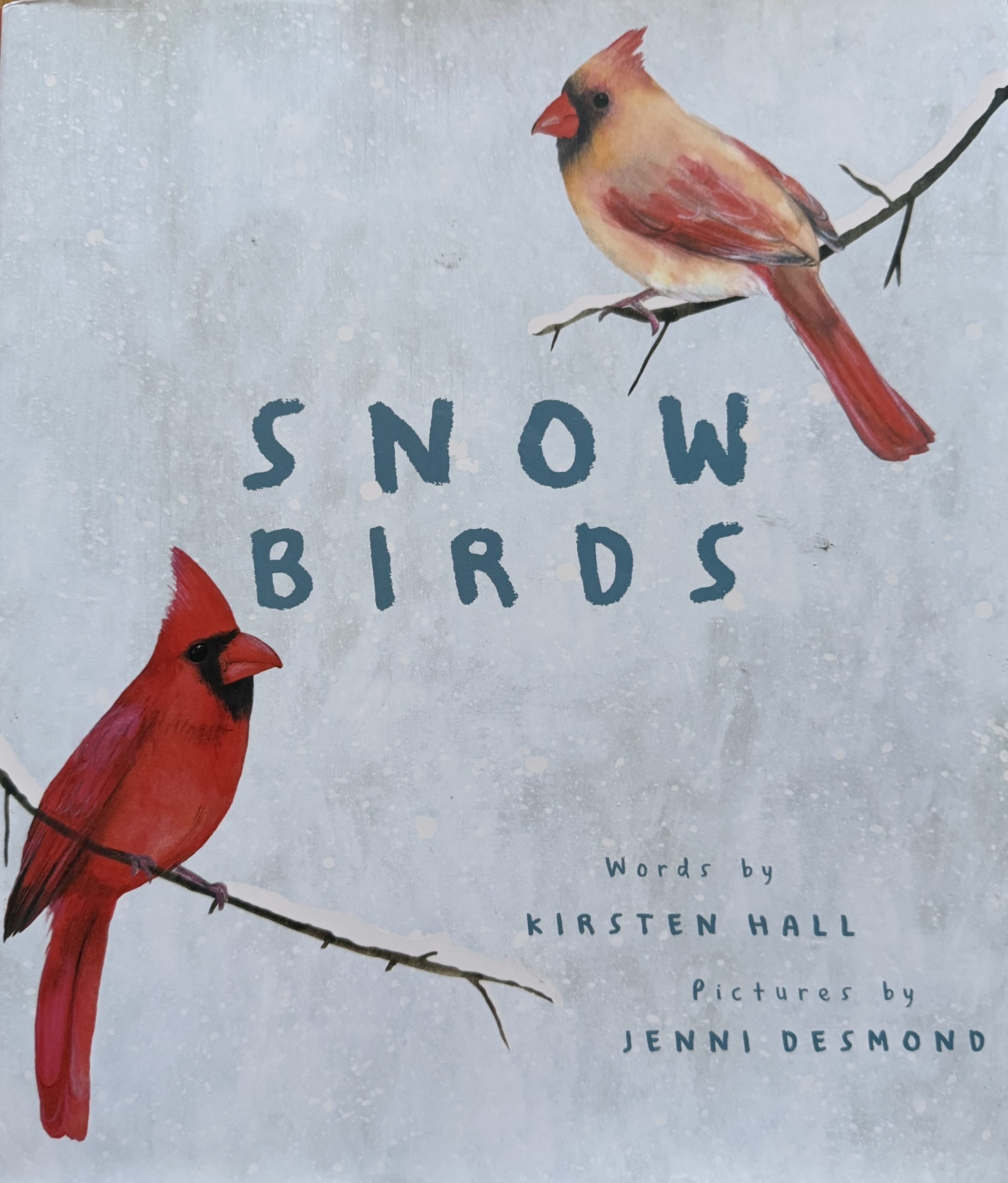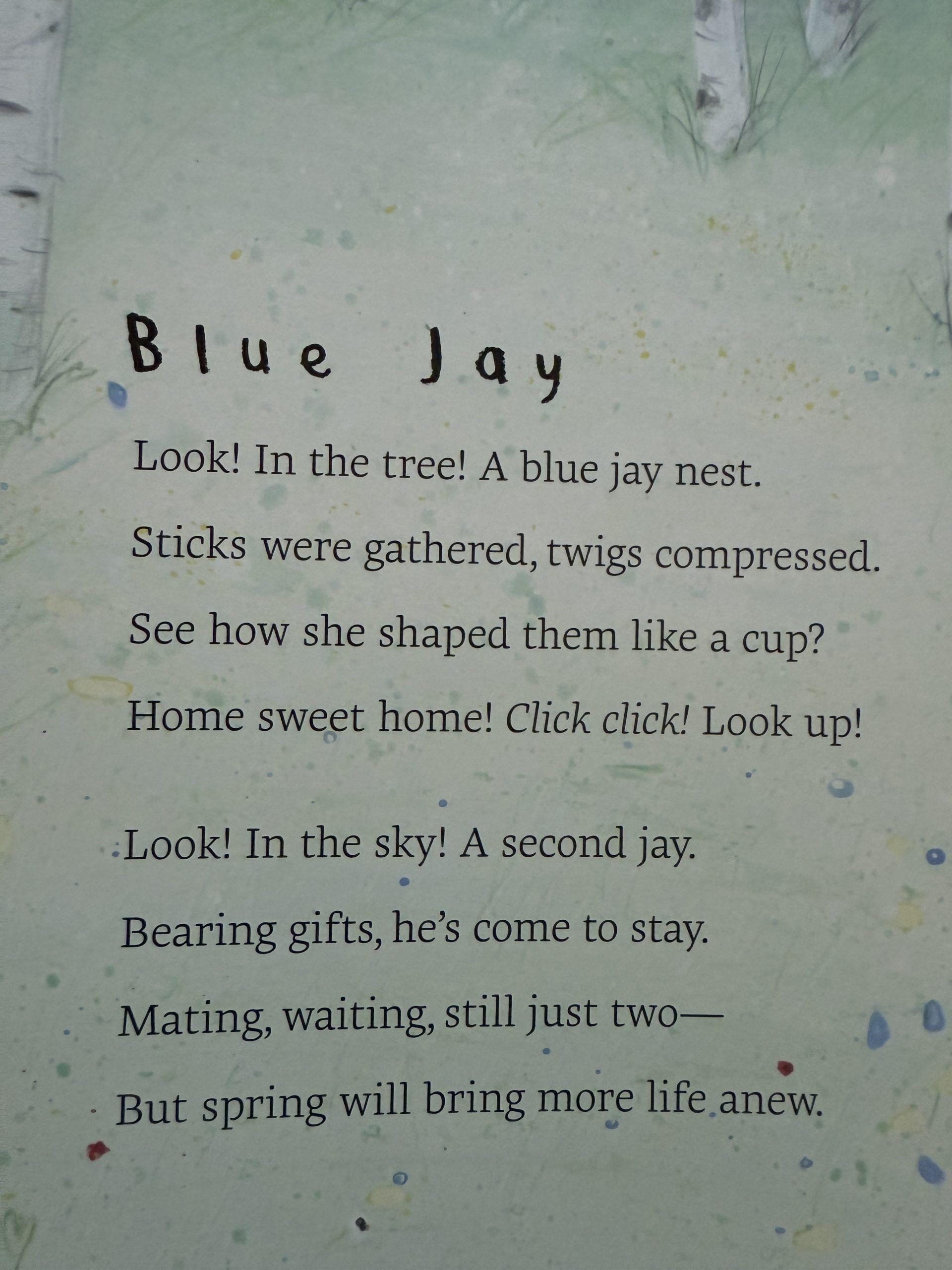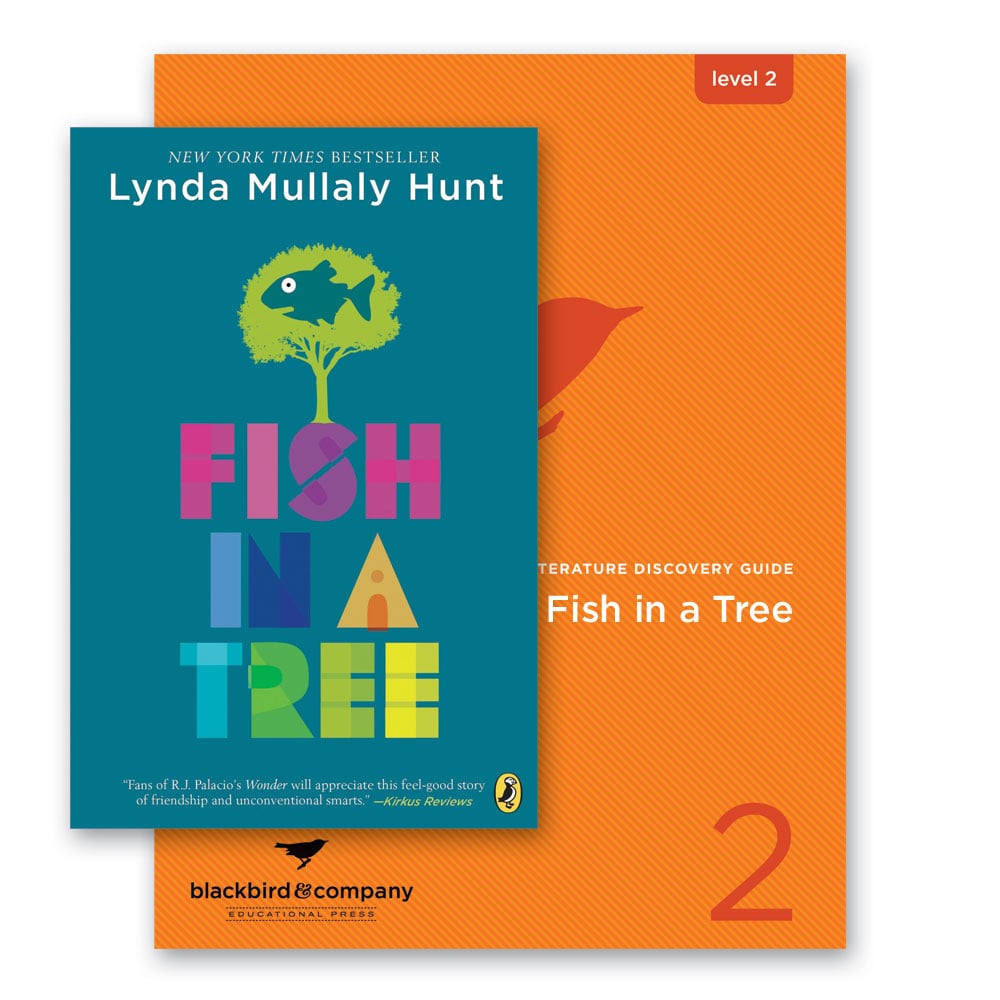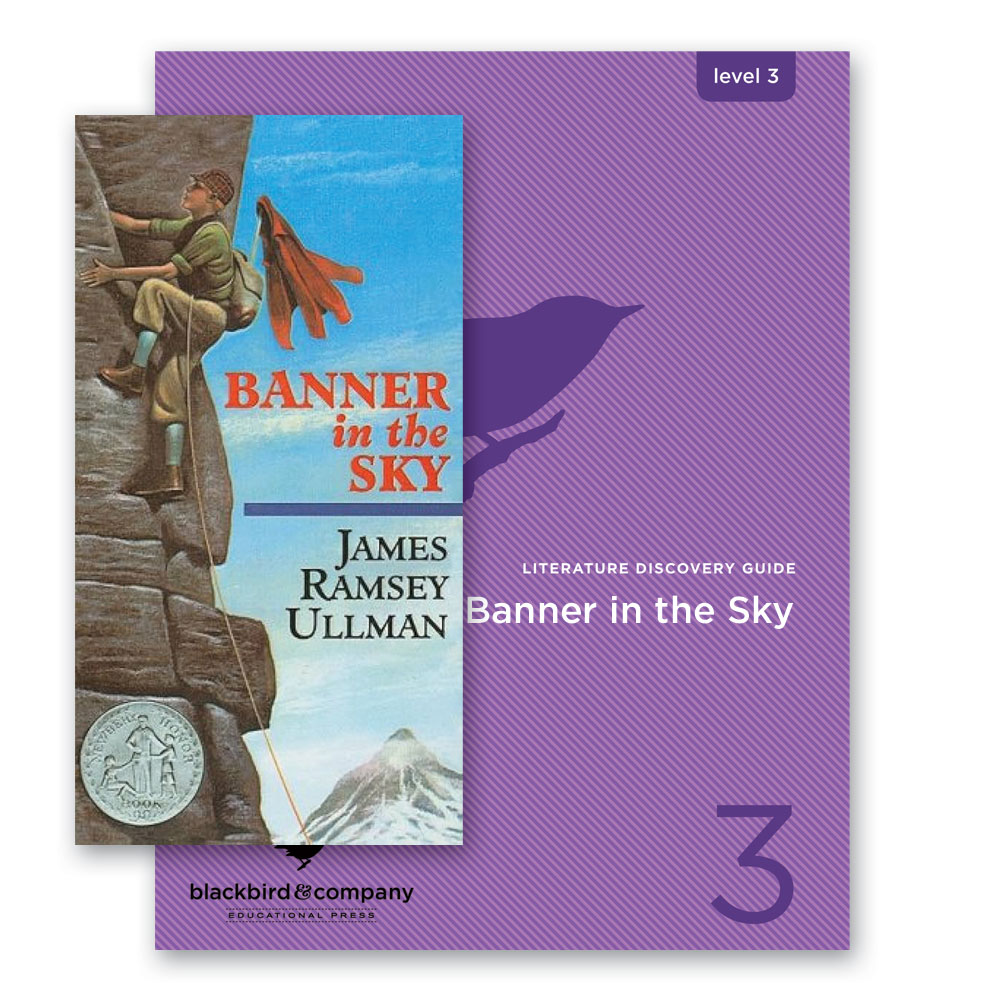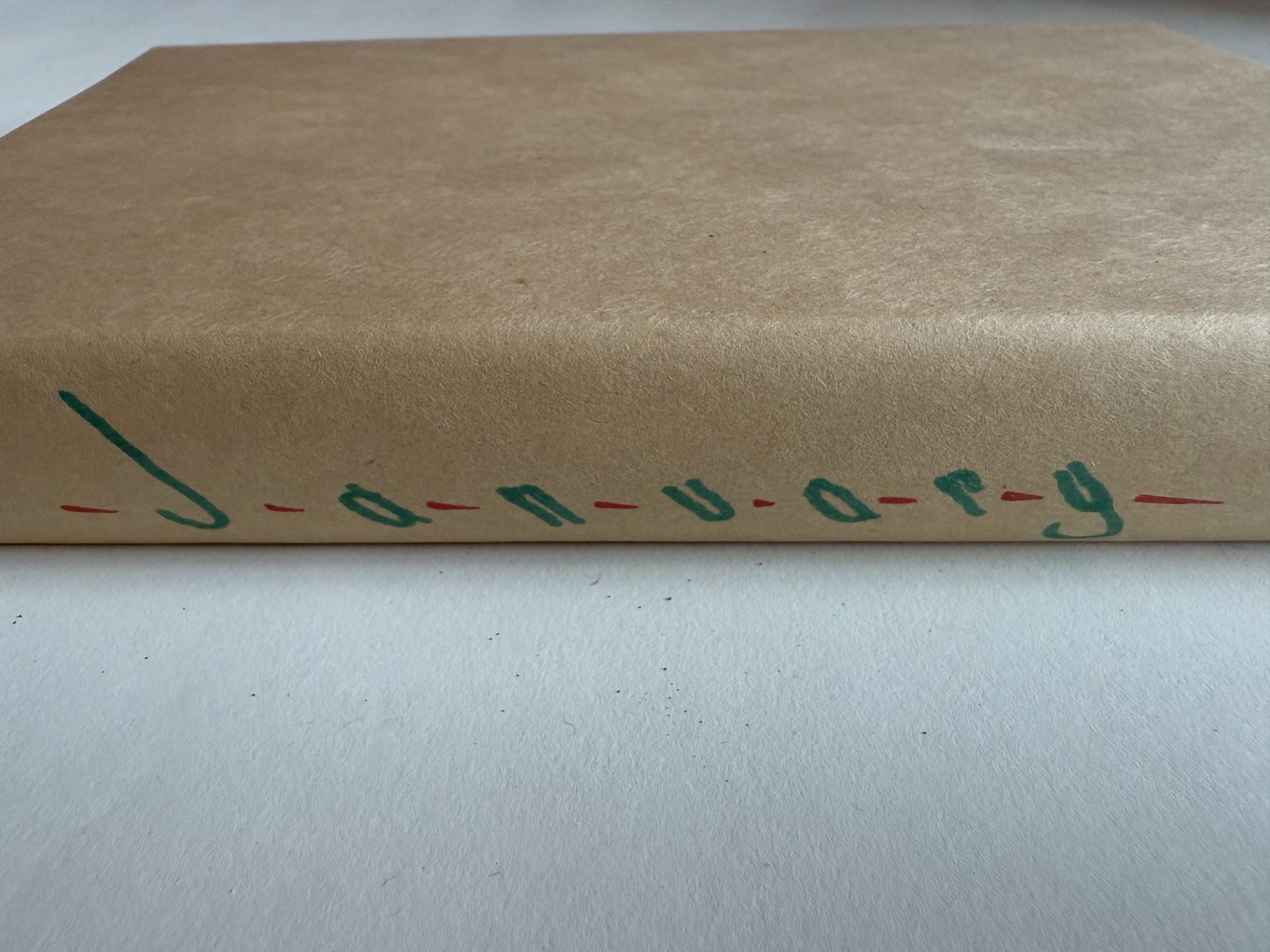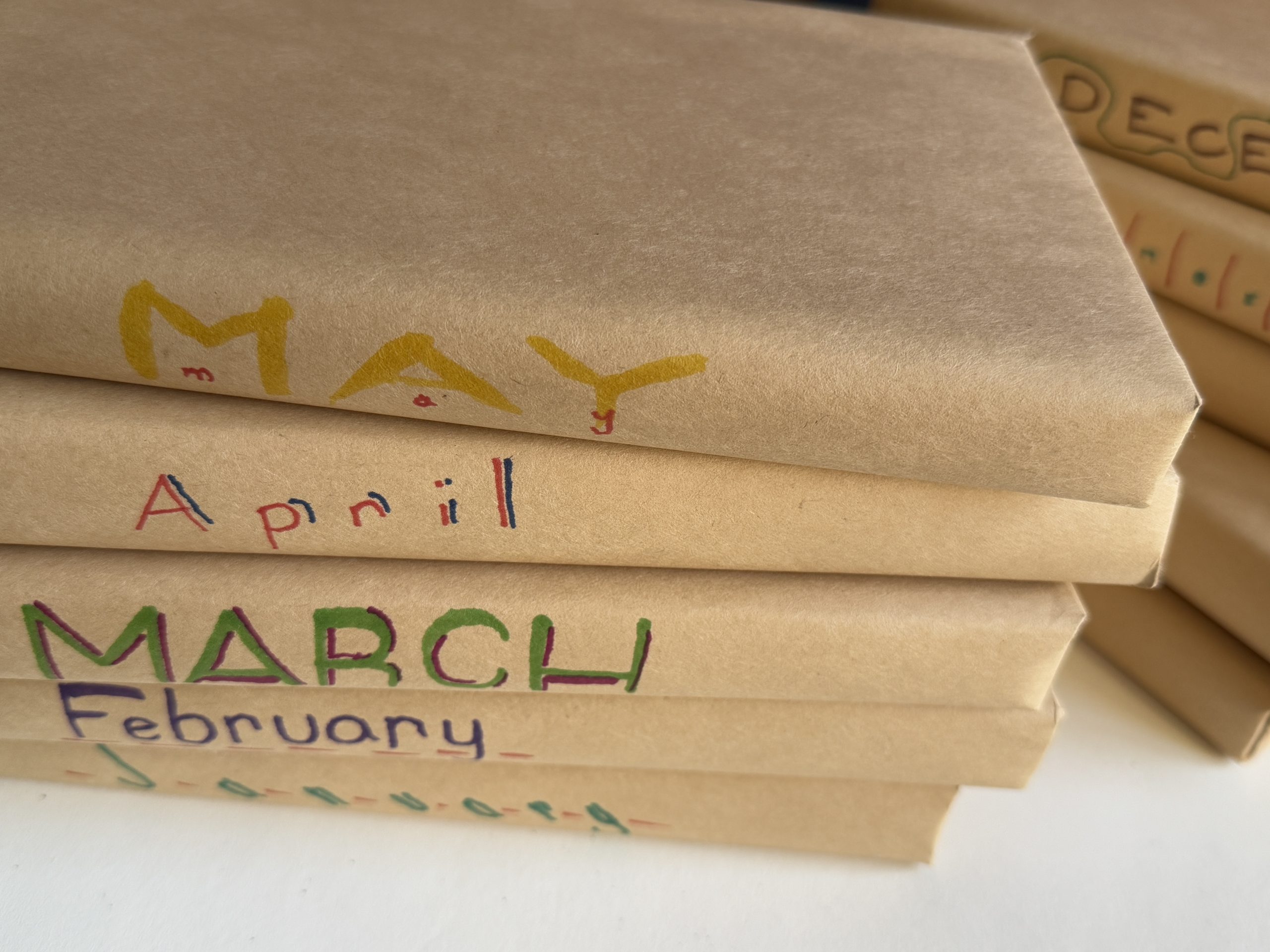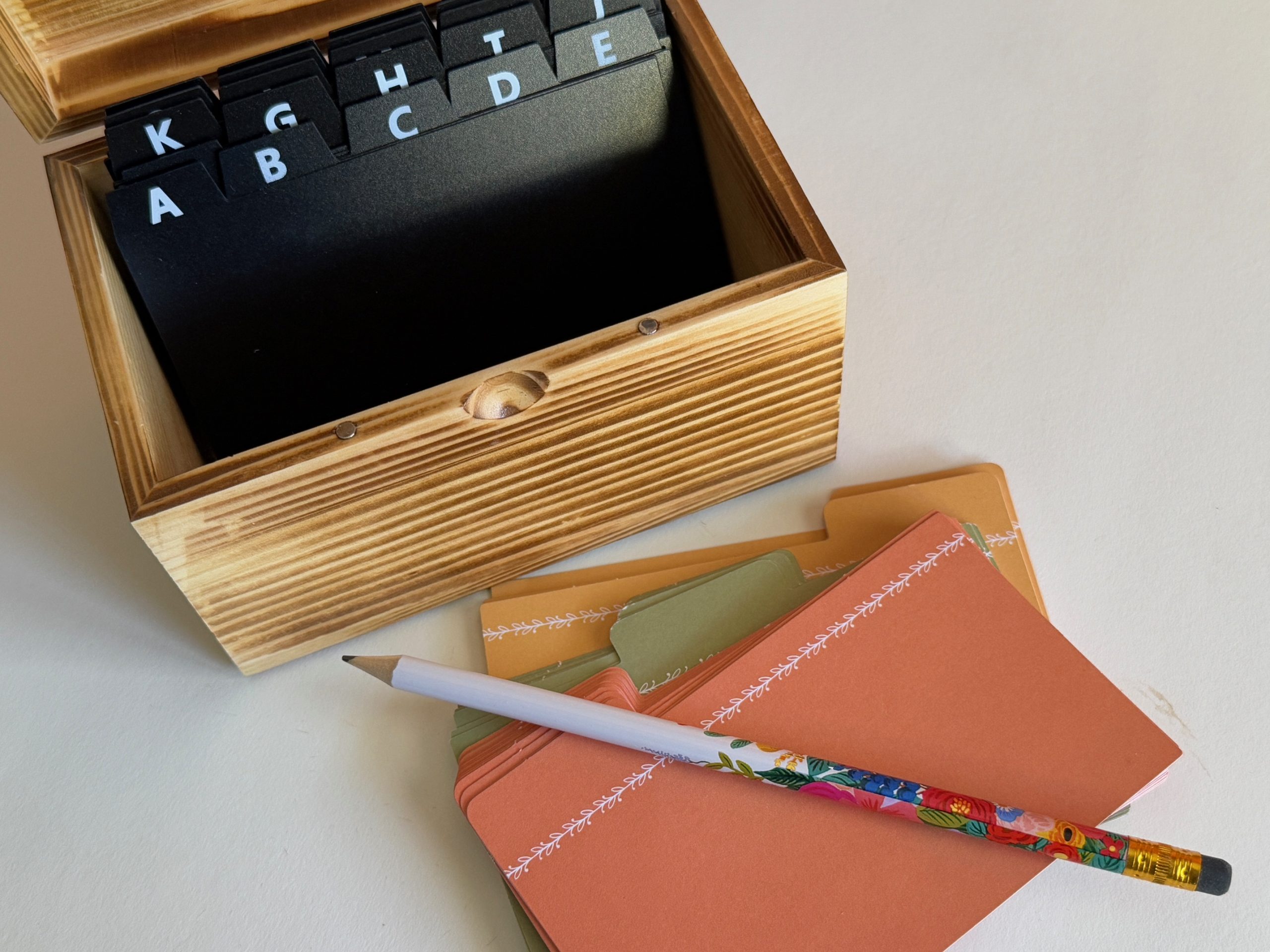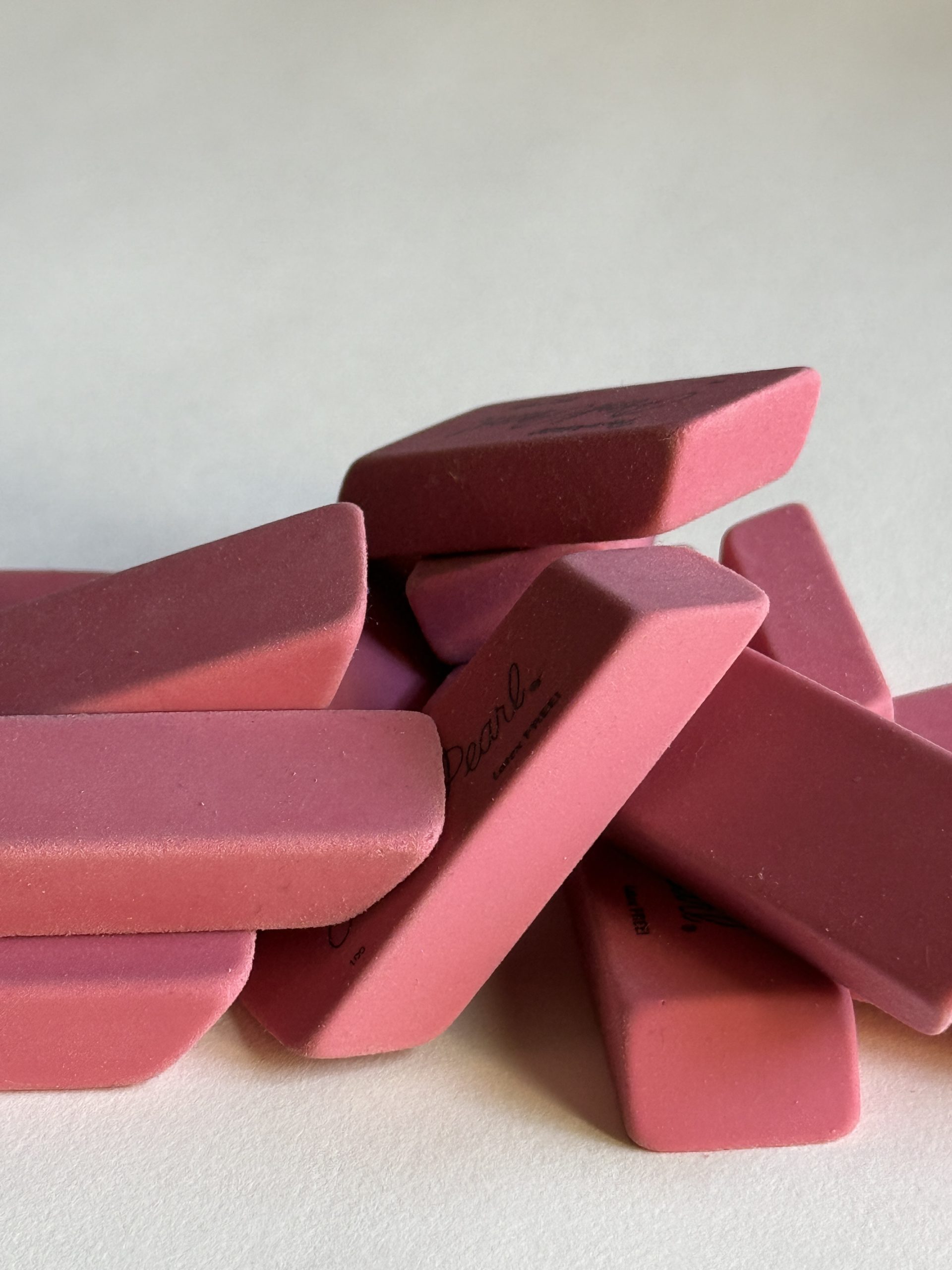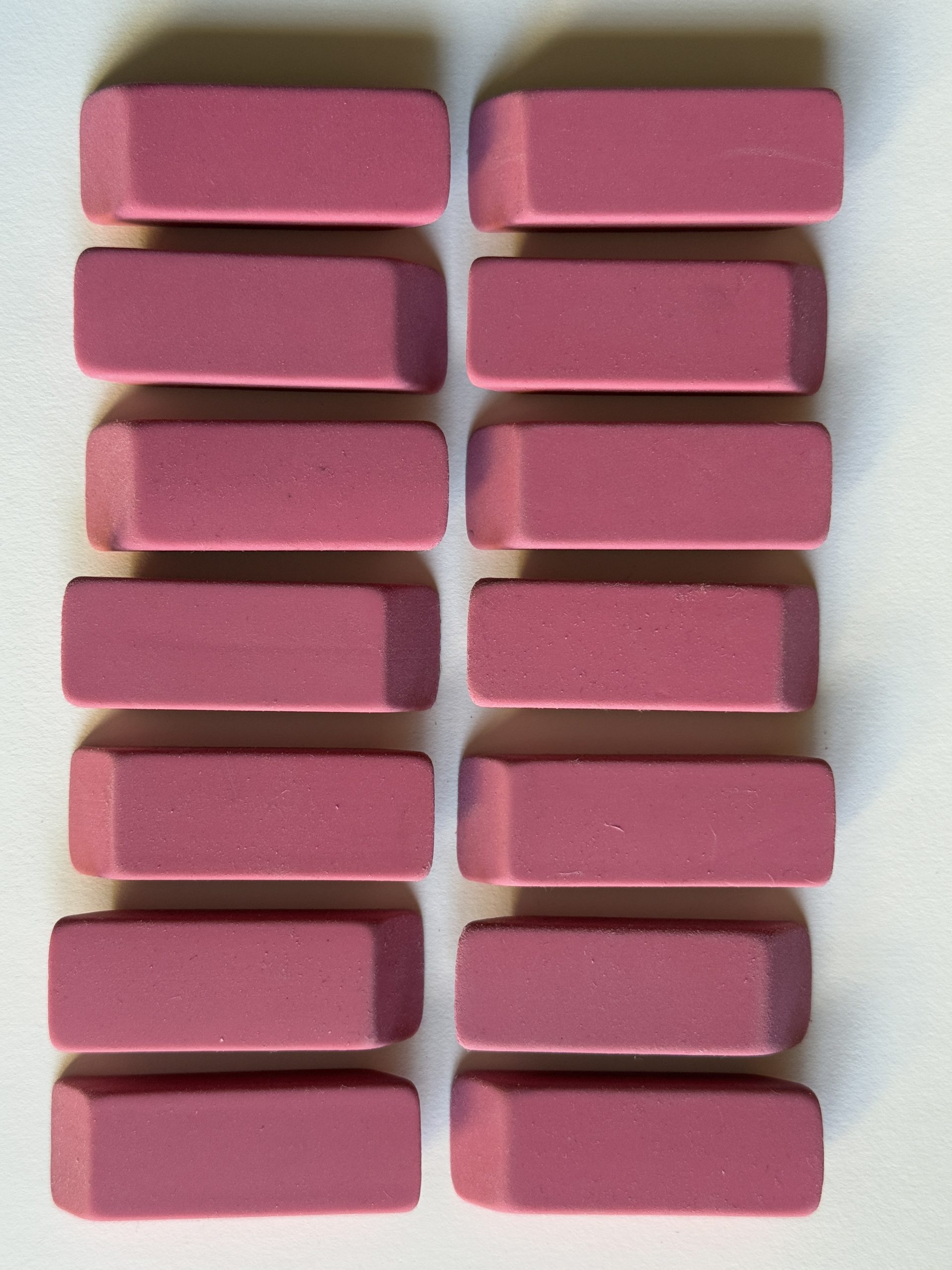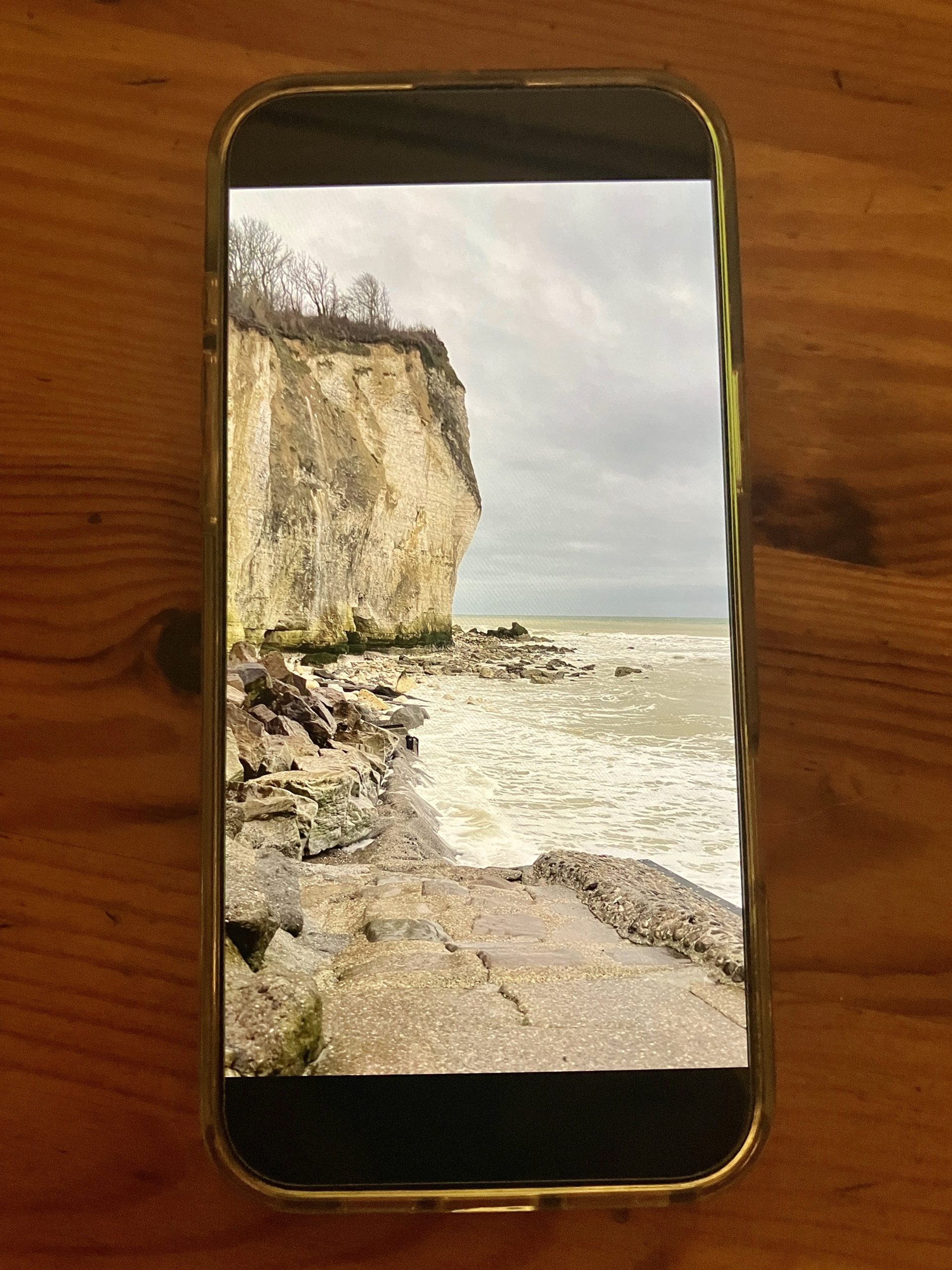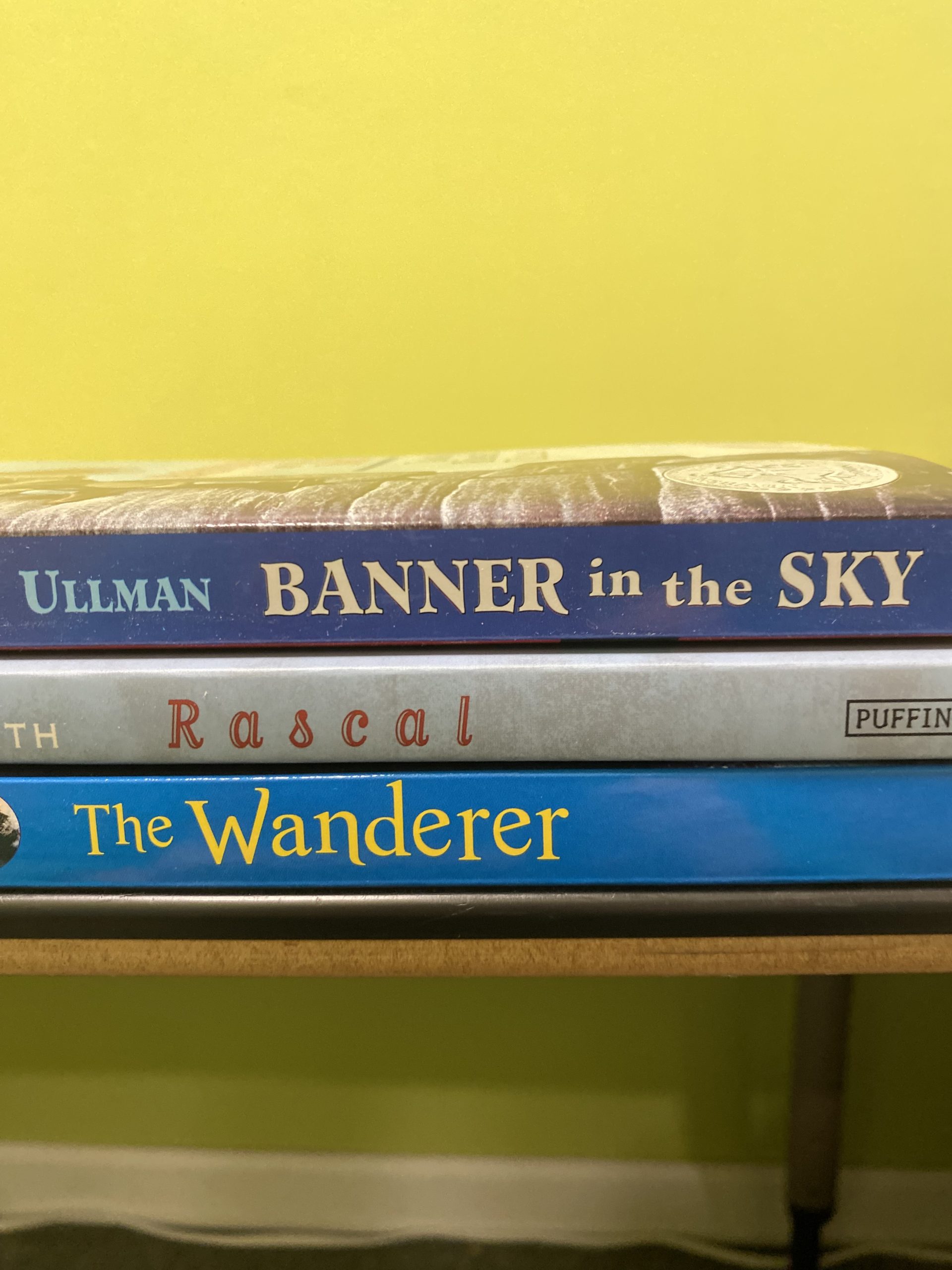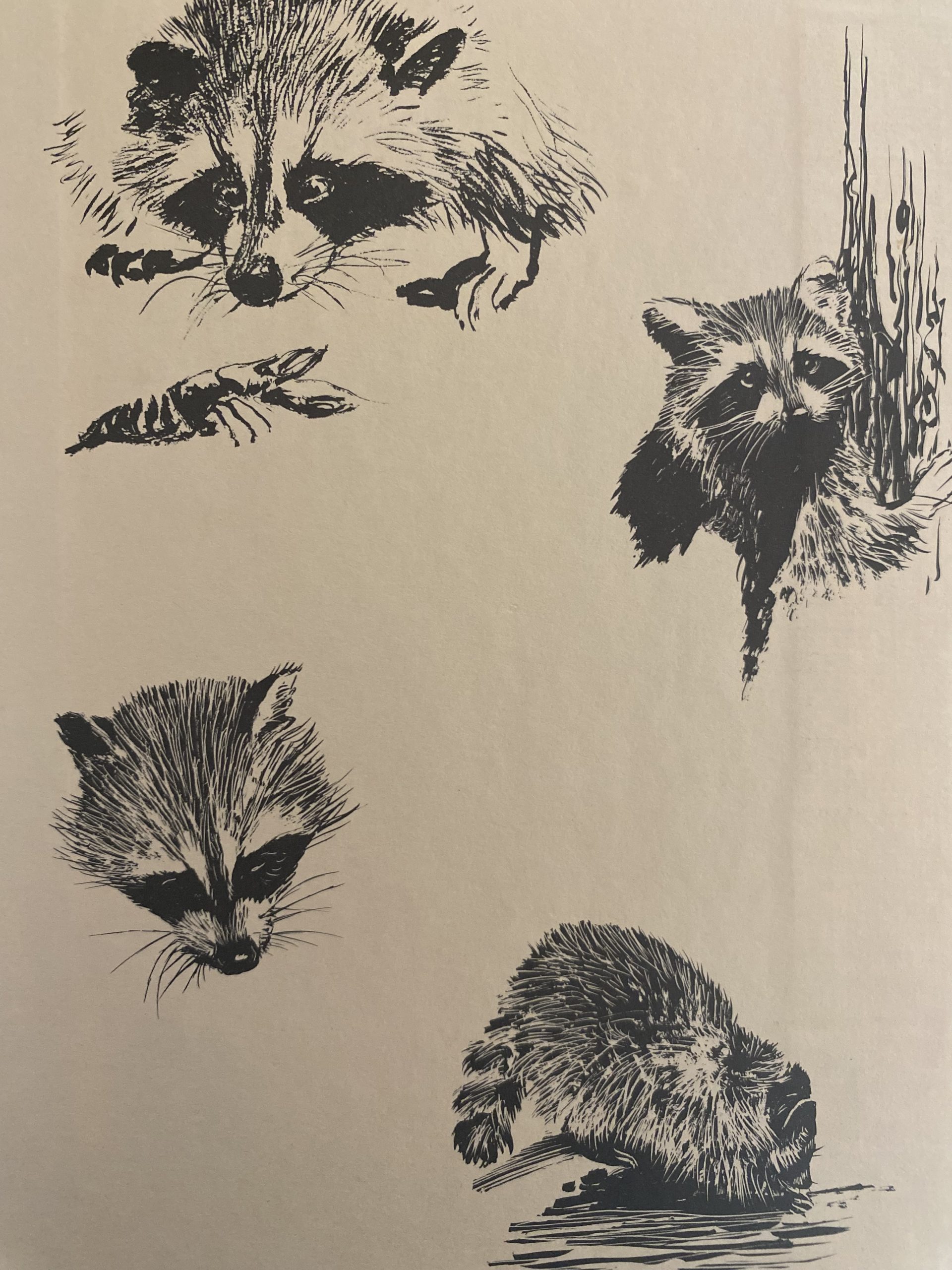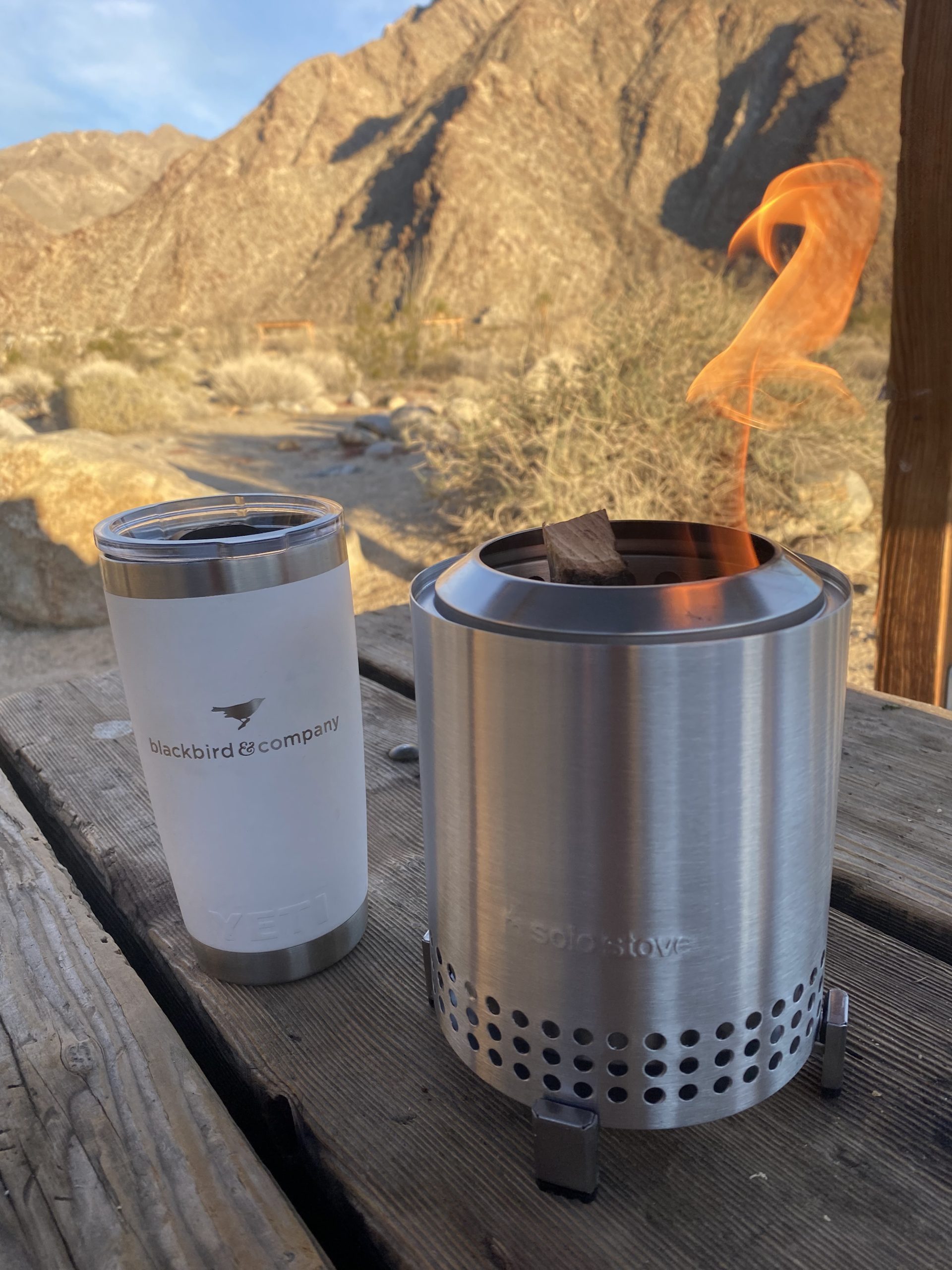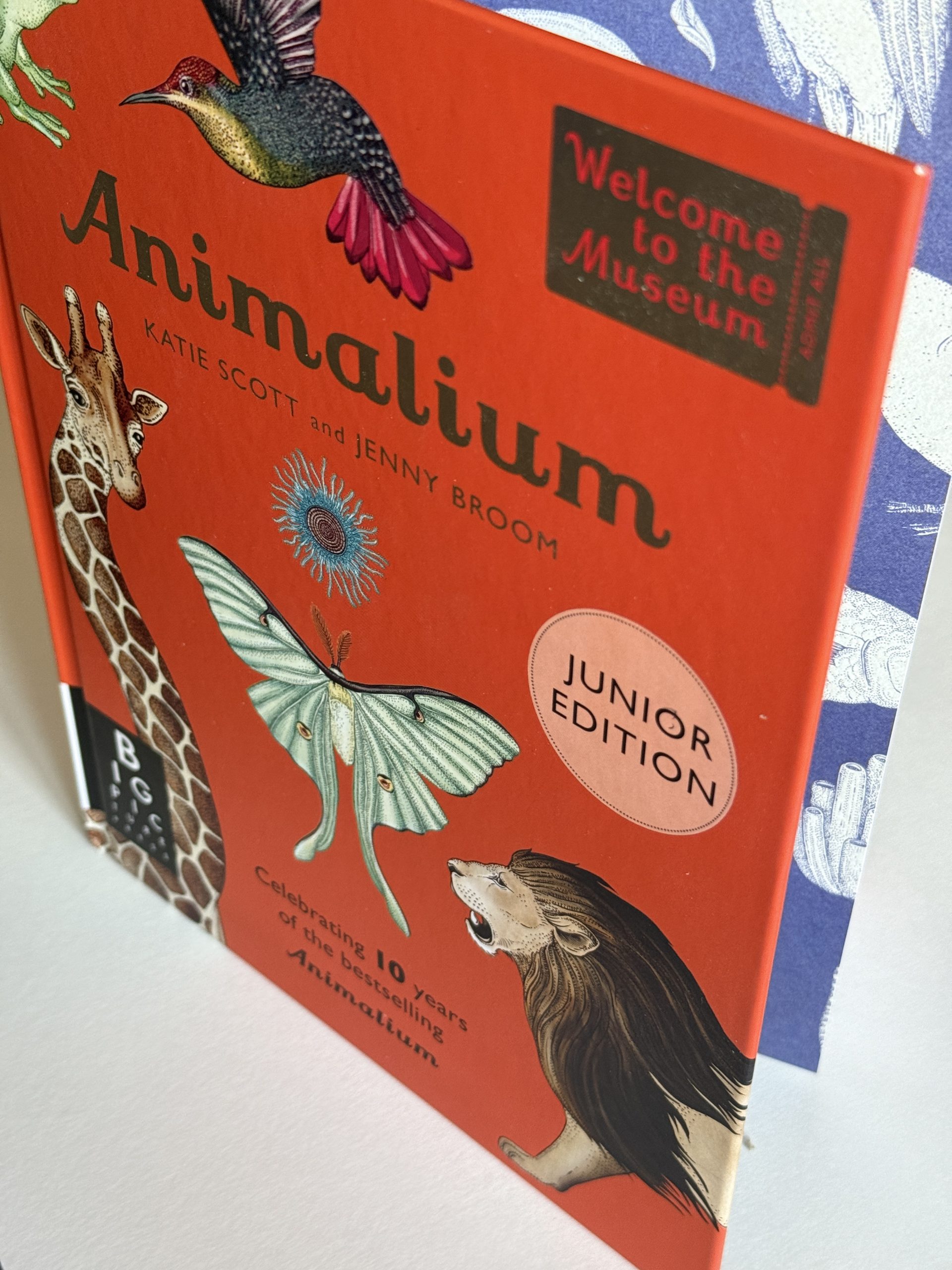
Staring down the blank page is a courageous endeavor.
Where to begin?
We say: Begin with a BOOK!
BIG ideas are sparked by knowledge + curiosity.
Here are four ways to compose a wonder-FULL sentence about owls.
First let’s gather information.
When faced with the blank page, first things first, press into food for thought. For this lesson, we dove into Animalium for Kids, by Kate Scott and Jenny Broom. With over 160 specimens to explore in this wonderful biological compendium, we are narrowing our focus to Owls. We don’t need an exhaustive study here—this is a sentence writing exercise after all. We need just enough information to become curious and inspired to write. Getting ready to focus on composing even a single sentence requires gathering intriguing information.
The owl entry in this book is just enough to spark curiosity. After reading, focusing in on the amazing illustrations, sharing what we found amazing about owls—storing new facts in our memory, adding to our growing knowledge of owls—we made a list:
- There are two main families of owls within the order Strigiformes: Tytonidae (barn owls) and Strigidae (typical owls).
- Huge owl eyes are stationary, fixed in their sockets—no eye rolling!
- Owls can rotate their head 270 degrees.
Next, let’s review the four types of sentences:
Statements are declarative. Statements tell us something.
Are questions interrogative? (Yes.) Questions ask.
Commands are imperative. Commands demand action.
Exclamations are exclamatory! Exclamations roar!
Now, let’s get writing.
A our first attempt at “NOW, let’s write a statement together,” I listened and wrote the group consensus on the board:
There are two types of owls, typical and barn owls.
Here’s where writing get’s fun! Add details, rearrange, think about word choice to make the above statement a tale that will turn heads. Follow the W Rule:
WHO, WHAT, WHERE, WHEN, WHY, to WOW the reader!
For this sentence, I had a basket of blocks all different shapes but only two colors that I poured out onto the floor, asking my students to quickly sort by color. We, obviously, ended up with two colors. Then I gave them another fact about owls—there are 200 species in the world—and asked them to help me add this detail to our statement. Here’s what the group came up with:
All 2 million owls in the world (200 species) can be sorted into two BIG piles—Strigidae (typical) and Tytonidae (barn owls).
Finally, let’s translate the statement to a question, command, and an exclamation:
Statement:
All the owls in the world (all 200 species) can be sorted into two BIG piles—Strigidae (typical) and Tytonidae (barn owls).
Question:
Isn’t it amazing that all 2 million owls in the world (all 200 species) can be sorted into two BIG piles—Strigidae (typical) and Tytonidae (barn owls)?
Command:
Please sort the 2 million owls, all the owls in the world (all 200 species) into two BIG piles—Strigidae (typical) and Tytonidae (barn owls).
Exclamation:
All 2 million the owls in the world (all 200 species) can be sorted into two BIG piles—Strigidae (typical) and Tytonidae (barn owls)—Wow!
There you have it, all four sentence types in one fell swoop! Once you’ve tackled this exercise a few times as a group, it’s easy-peasy to make it an independent activity—from gathering information to four TRUE sentences! Ernest Hemingway would be proud.
~Kimberly

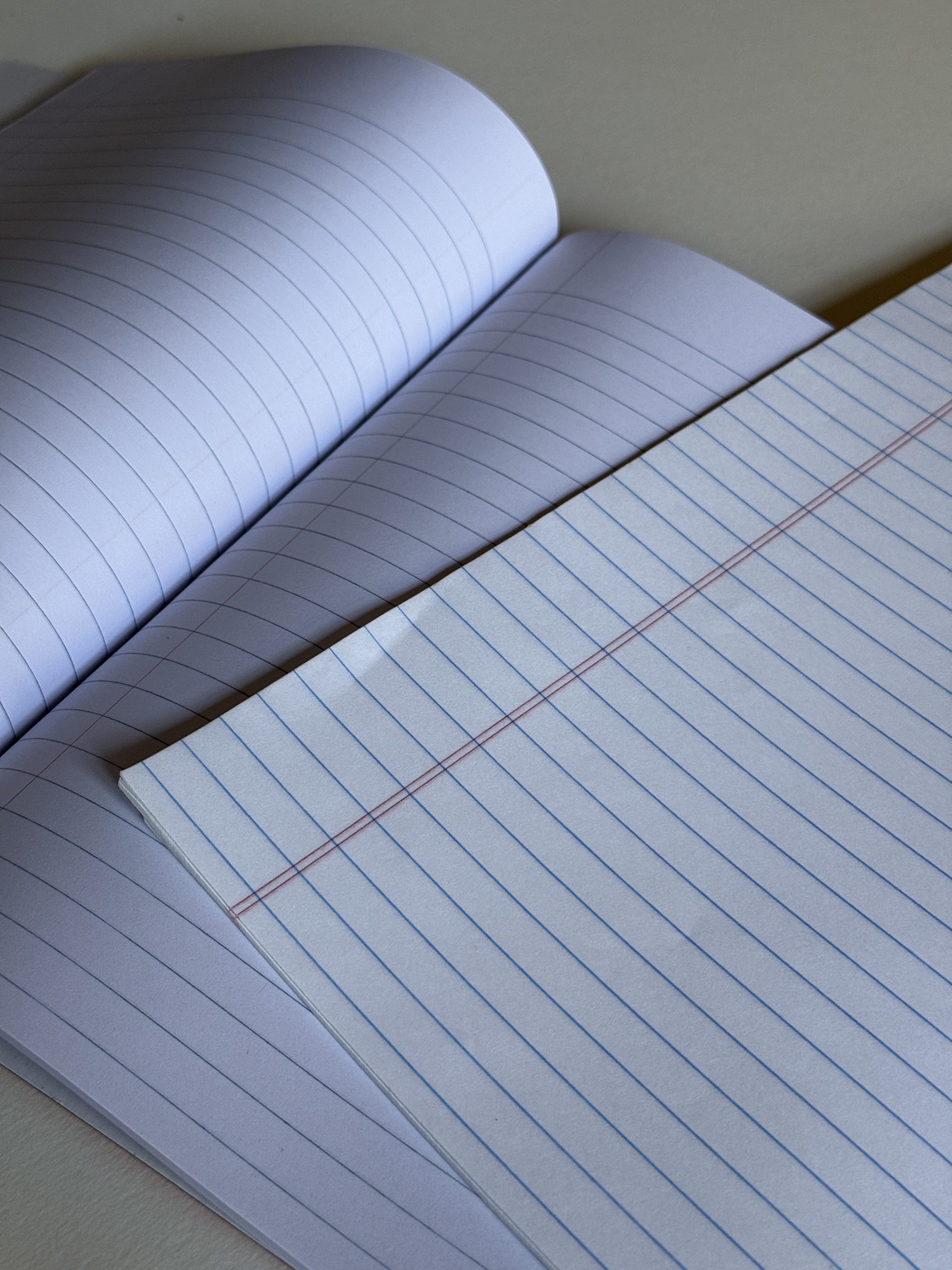
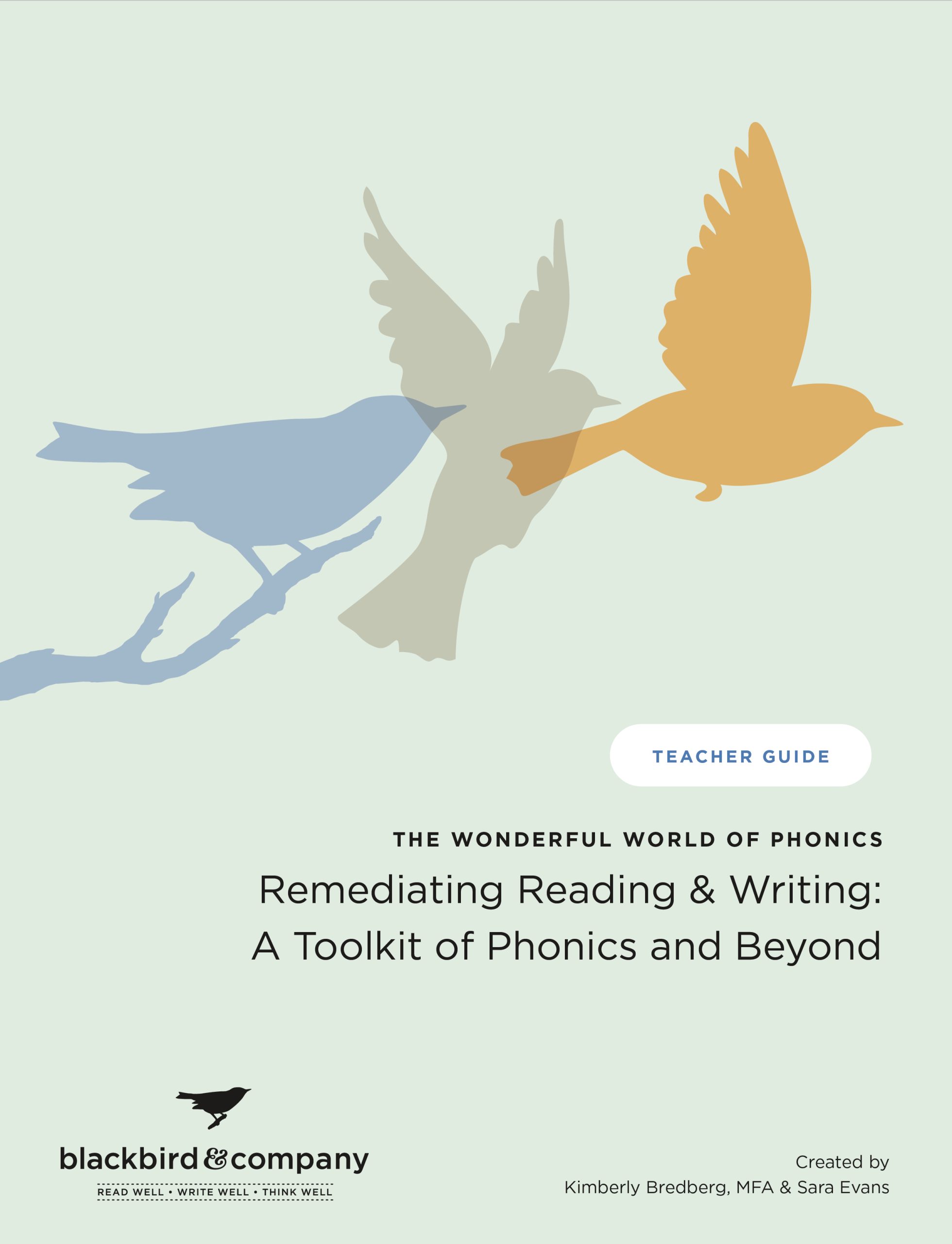

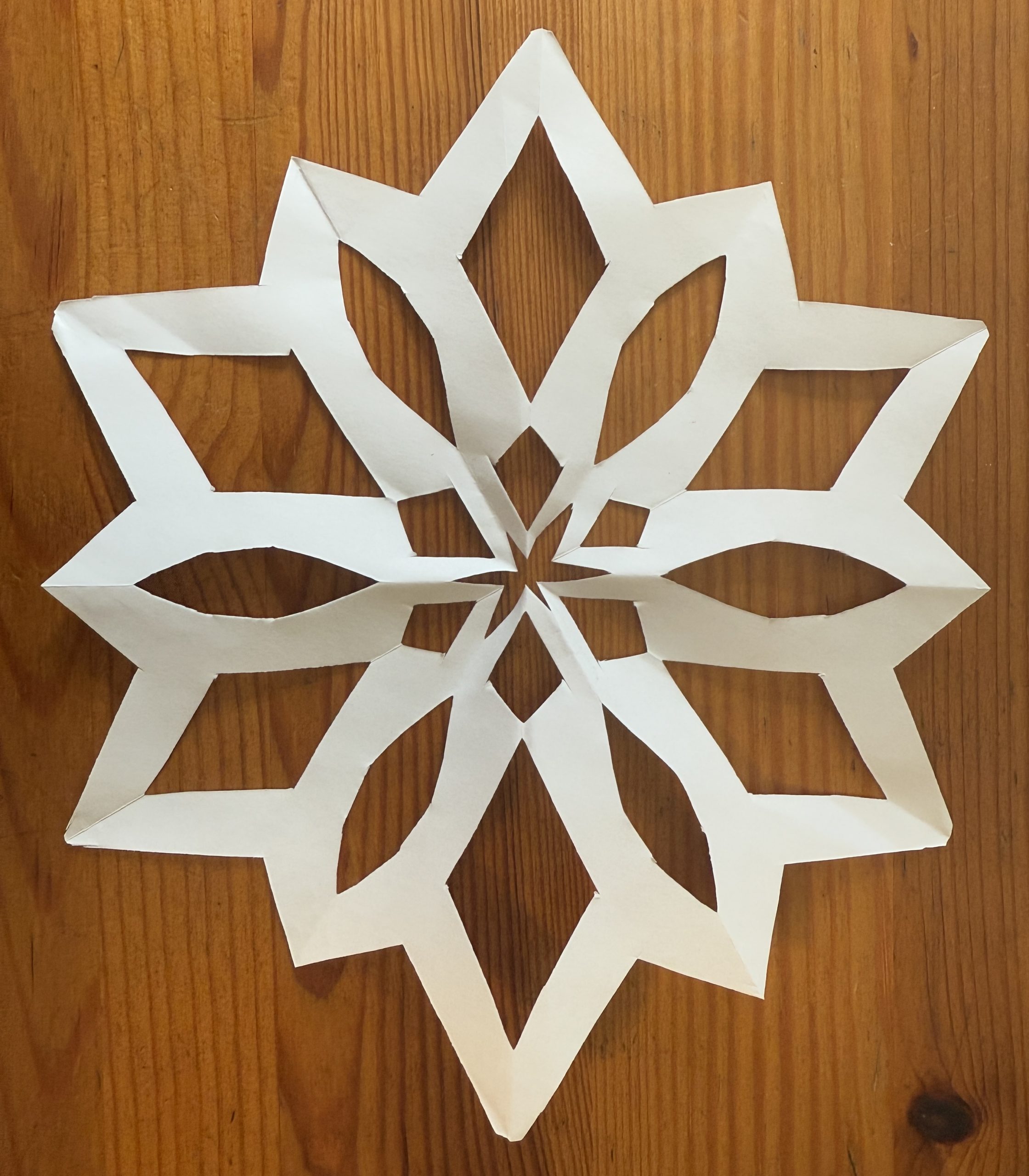
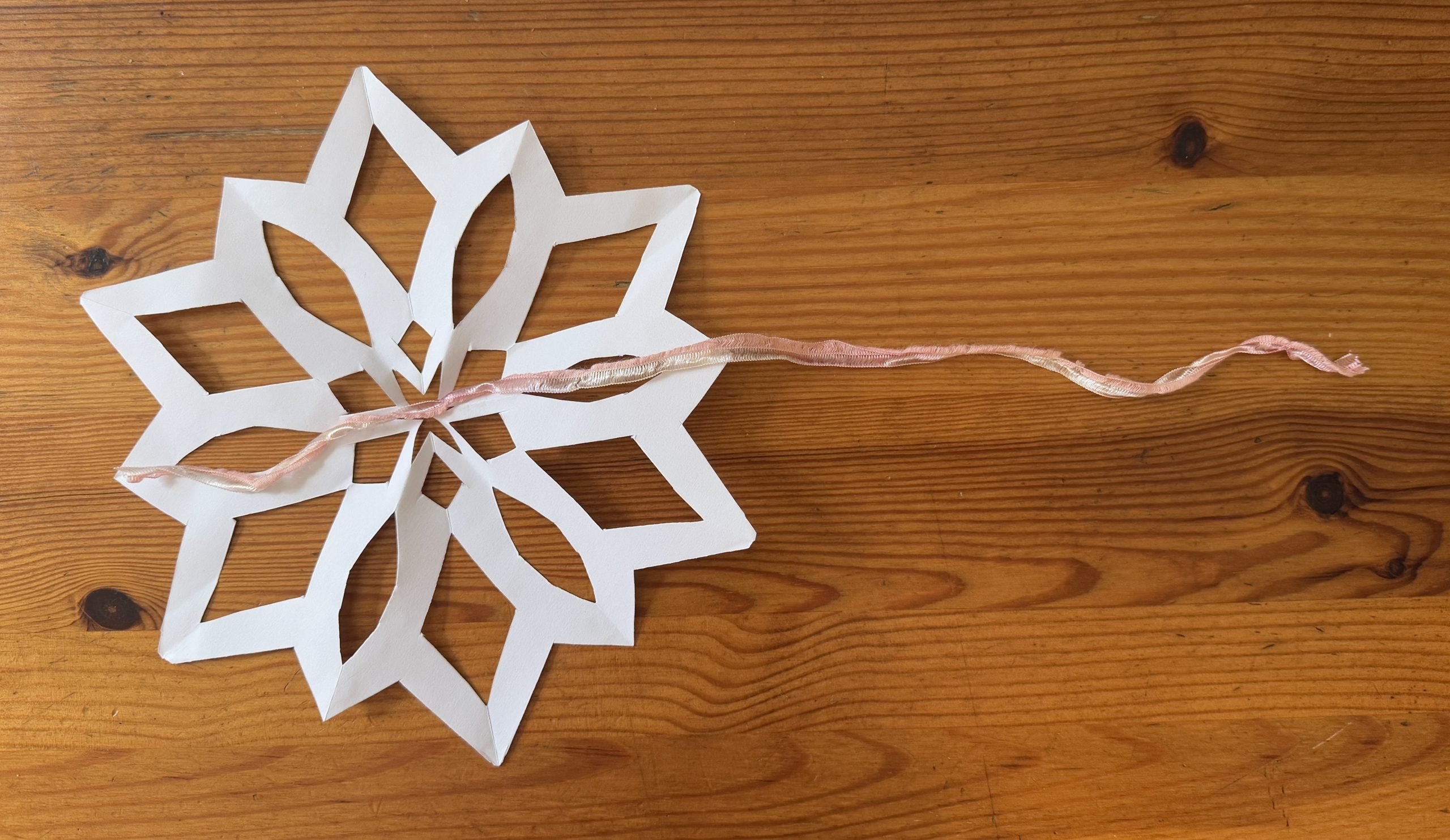
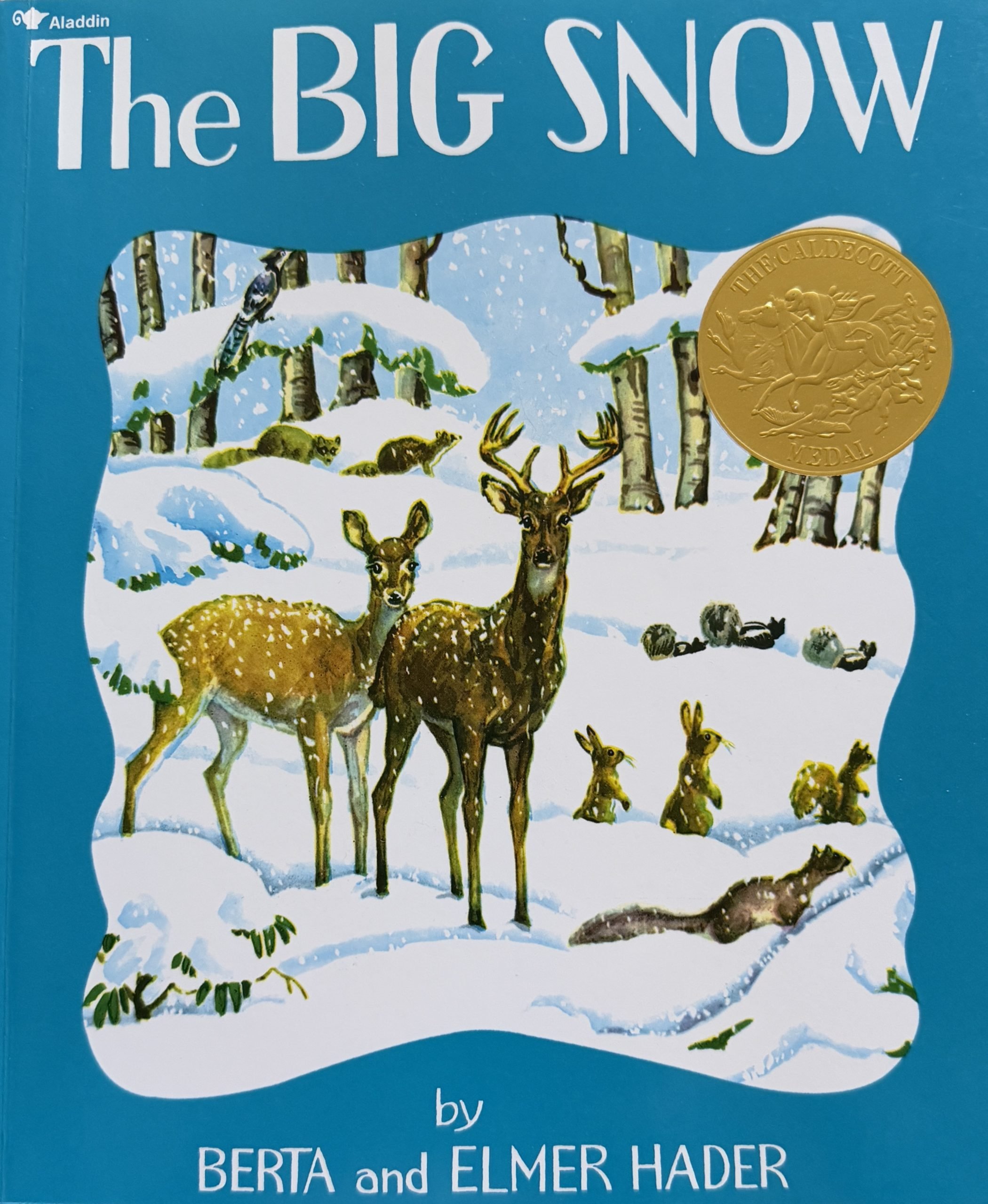 The woodland animals were all getting ready for the winter. Geese flew south, rabbits and deer grew thick warm coats, and the raccoons and chipmunks lay down for a long winter nap. Come Christmastime, the wise owls were the first to see the rainbow around the moon. It was a sure sign that the big snow was on its way.
The woodland animals were all getting ready for the winter. Geese flew south, rabbits and deer grew thick warm coats, and the raccoons and chipmunks lay down for a long winter nap. Come Christmastime, the wise owls were the first to see the rainbow around the moon. It was a sure sign that the big snow was on its way.